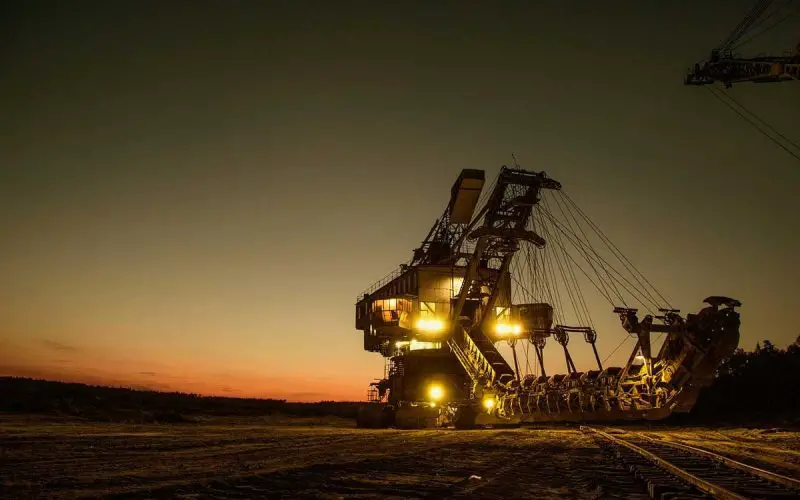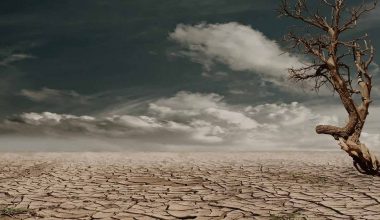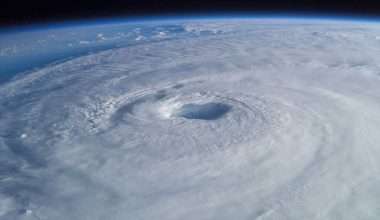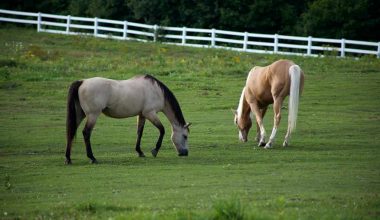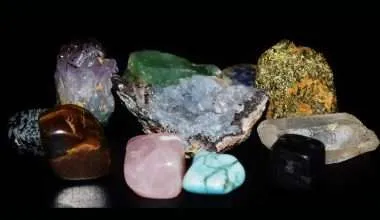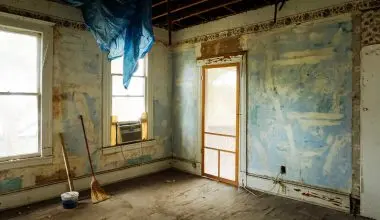Table of Contents Show
What is Strip Mining?
Surface mining, counting strip mining, mountaintop removal mining and open-pit mining, is a wide classification of mining where soil and rock covering the mineral source (the ‘overburden’) are gotten rid of, unlike underground mining (or deep mining) where the overlying rock is kept in place, and the mineral is taken out through shafts or tunnels.
It commenced in the mid-16th century and is practiced all over the world, even though the bulk of surface coal mining takes place in North America. Mining companies are nowadays operating mainly in Appalachian Mountains of Kentucky (particularly eastern Kentucky) and West Virginia.
Open-pit mining gained traction through the 20th century, with surface mines today turning out majority of the coal mined in the United States.
In most forms of strip mining, heavyweight apparatus, like earthmovers, first eliminate the overburden. Then, huge machines, for instance dragline excavators or bucket wheel excavators, remove the mineral.
Strip mining is only applicable when the ore body to be dug is somewhat close to the surface. This kind of mining requires some of the biggest machines on earth, including bucket-wheel excavators which can dig as much as 12,000 cubic meters of earth per hour.
The Strip Mining Method
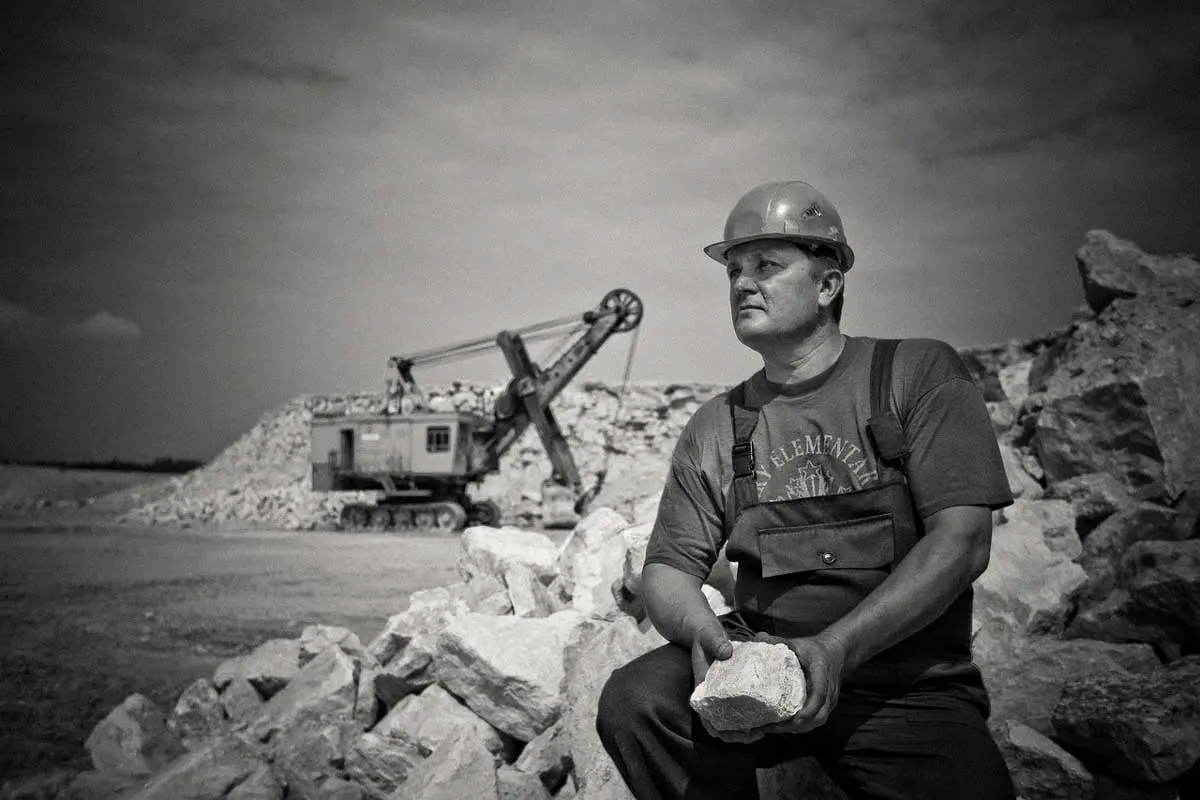
All surface or strip mining initially eradicates the vegetation, rock sediment, and soil spread over the surface to uncover and remove coal from an underground mineral seam or coal deposit. I should also mention, phosphate mining operations are very similar to coal mining operations.
Careful surface mining tries to reduce the side effects of this extraction through some basic steps:
- Primarily, the surface foliage (trees, bushes, etc.) beneath which the coal seam sits is scalped or taken away.
- Then, the operator does away with the topsoil, typically by scrapers or bulldozers and loaders. The operator either stores the topsoil for future use or spreads it over a space that has previously been mined/ excavated.
- The bare overburden (Earth) is at that point generally drilled and blasted, and gotten rid of by bulldozers, draglines, bucketwheel excavators, or shovels, depending on the quantity of overburden and the kind of mining.
- After eliminating the overburden, the uncovered coal seam is commonly fractured by blasting.
- The operator then piles the fractured coal onto trucks or conveyor belts and tows it away.
- Afterward, the operator discards the overburden or ‘spoil’ that was eliminated during the mining procedure on a formerly mined zone, grades, and compresses it. (Special supervision might be obligatory if any of the overburden has toxic contents, like acid or alkaline producing matters.)
- Any surplus overburden that remains once the mined area is fully backfilled (Eastern mines usually have considerable additional spoil) is dumped in a fill.
- Lastly, the operator reallocates the topsoil and seeds and revegetates the mined area.
The last step of strip mining operation, which aims for reclamation of the land, is what sets apart a good coal company from a mediocre one.
Types of Surface Mining
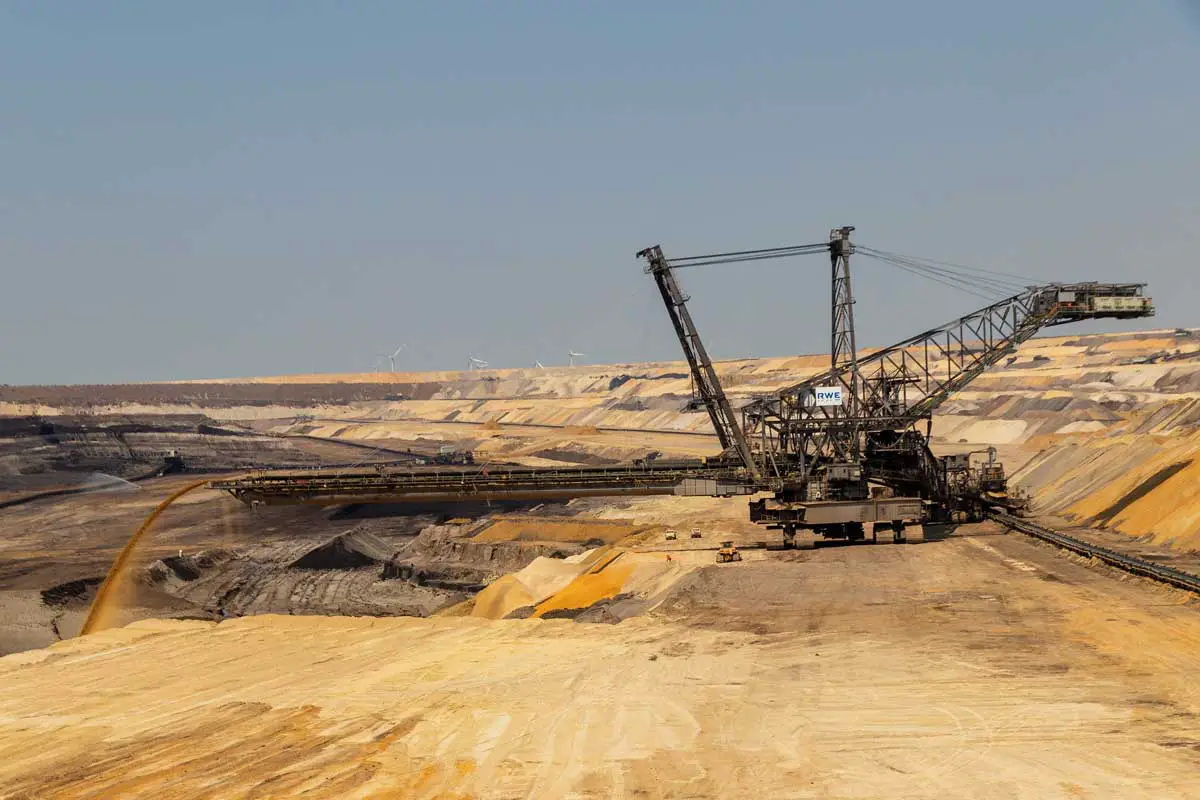
Area Mining
Area mining is the system most regularly applied in the flat or mildly rolling countryside of the Midwest and Western United States.
Area mines dig huge rectangular pits, cultivated in a succession of parallel strips or cuts which can range several hundred yards in width and more than a mile in length.
After the removal of vegetation and top layer of soil, area mining commences with a preliminary rectangular cut (called the box cut).
The operator puts the spoil from the box cut to the side, away from the area in which mining will continue. In huge open pit mines, large stripping shovels or draglines get rid of the overburden.
After removing the coal from the initial cut, the operator makes a second, parallel cut. The operator positions the overburden from the second cut into the ditch formed by the original cut and grades and compresses the spoil.
The backfilled pit is at that time covered with topsoil and seeded.
This practice carries on along parallel strips of land as long as the proportion concerning the overburden and the coal seam, known as the stripping ratio, makes it economically viable to recover coal. Obviously they’re doing it for the money!
Mining can stop in a certain area, for instance, where the coal seam becomes thinner or when the seam dips further underneath the surface.
When the operator gets to the last cut, the only spoil left to fill this cut is the overburden from the original or box cut.
However, as the box cut spoil may be at some distance from the last cut, the operator normally finds it more inexpensive not to tow the box cut spoil to the last cut.
As an alternative, he might choose to create a stable water impoundment in the last cut. These last cut lakes are normal in the coal areas of the Midwest but can raise environmental and land use issues.
Contour Mining
The contour method is used practically solely in the Appalachian region of North America, where coal seams protrude from the sides of hills or mountains.
Contour mining entails making cuts on the slant/angle where the coal seam is traced, to take away the overburden first and then the coal itself. Overburden of adjacent cuts is used to fill earlier cuts, just as area-mining.
The operator carries on making cuts till the ratio of dirt to coal becomes uneconomic. The procedure then lasts along the contour of the mountain up until the coal resources, or the operator’s resources, are fatigued.
Contour mining necessitates small earth-moving equipment for example bulldozers, backhoes and power shovels — like the equipment in use for usual construction projects.
Contour mining is thus a favored method of small, usually undercapitalized operators in Appalachia. People in the construction industry, for example, can easily move in and out of the mining trade as market conditions transform.
P.S: West Virginia makes up 4% of the world’s coal resources. So you can imagine the mining industry there.
Contour operators often have excessive spoil after excavation is concluded. This is due to “the swell factor”.
When overburden is taken away, it breaks up and loses some compactness that happened over thousands of years as it rested untouched and intact. Even after replacement and machine-driven compaction, the volume of the material rises by up to 25%.
The pits that remain after removing the reasonably thin coal seams of the East are usually not big enough to hold this additional volume. Consequently, most contour miners need to get rid of their extra spoil in another “valley fill” or disposal zone.
The most conventional disposal areas are at the heads of valleys, titled head of hollow fills or valley fills. The development of a fill means that extra land (other than necessary for mining) must be distressed in order to accommodate that mining.
Other types of mining methods include mountaintop removal, dredging and highwall mining (an adapted form of auger mining done from the surface).
Environmental Effects of Strip Mining
The adverse and harmful effects of coal mining cannot be disputed. Here are some of the most notable effects of coal production.
1. Devastation of Landscapes and Habitats
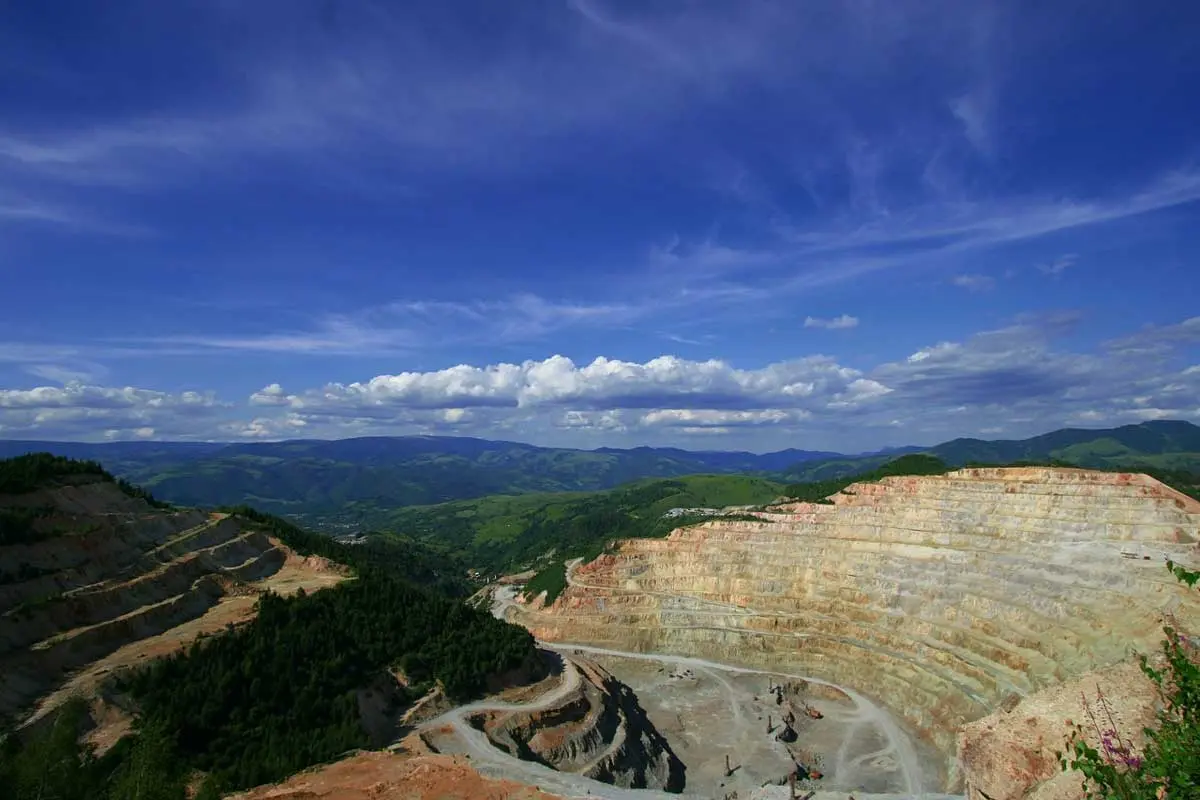
Strip mining implicates the stripping away of soil and rocks to access the coal beneath. If a mountain is standing in the way of a coal seam within, it will be exploded or demolished – successfully leaving a damaged landscape and distressing ecosystems and wildlife habitat.
300,000 acres of pristine hardwood forest has been destroyed by mountaintop removal mining processes in West Virginia!
While we’re discussing effects on landscape due to mining operation, it’s imperative to discuss a scenario known as “mine subsidence”.
This scenario occurs in underground mines. Basically, when the roof of the mine collapses, it causes the land surface to sink or subside and form a sinkhole.
2. Deforestation and Erosion
As part of the procedure of clearing the way for a coal mine, trees are chopped down or burnt, plants displaced and pulled out and the topsoil scraped off. This results in the obliteration of the land (it can no longer be used for harvesting and cultivation of crops) and soil erosion.
The slackened topsoil can be washed away by rain and the residues enter into waterways, rivers, and streams. Running downstream, they may harm the marine and plant life and block river channels which can further cause flooding.
3. Pollutes Ground Water
The minerals from the distressed land potentially trickle into ground water and contaminate water ways with substances that are perilous to our health.
For example, Acid Mine Drainage; acidic water might flow out of deserted strip mines.
Mining has uncovered rocks which comprise of the sulphur-bearing mineral, Pyrite. This mineral when in contact with air and water, produces sulphuric acid. When it rains, the watery acid makes its way into rivers and streams and can also leak into underground sources of water.
Such processes, and others, have polluted 75% of West Virginia’s rivers. This will significantly affect water quality for people living nearby.
Other than water pollution due to mining activity, more than 1000 natural streams have been buried due to valley fill (excess mining waste).
4. Health Hazards
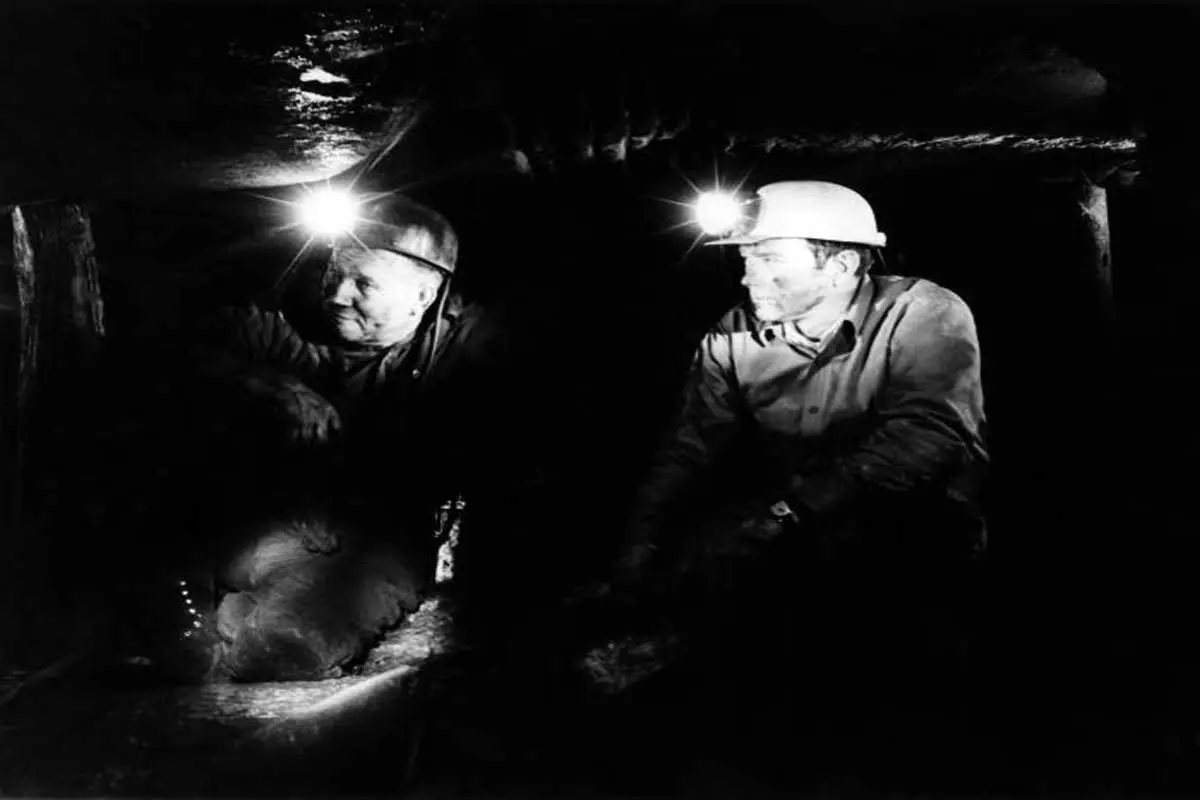
Breathing in coal dust can cause black lung disease. Mineworkers and those who reside in towns close by are among the most impacted.
Patients of hypertension, cardiopulmonary disease, kidney disease and COPD, are more commonly found in folks who reside close to strip mines.
5. Displacement of Communities
All of these undesirable consequences drive individuals to move to other places because the air they breathe and the water they use becomes dirty and expanding coal mines make use of more and more of their homeland.
The outcome of all this is desolate land that remains polluted long after a coal mine closes its doors.
Though many nations need recovery plans for coal mining locations; undoing all the environmental harms to water supplies, devastated habitats, and poor air quality is a lengthy and tricky task. This land disorder is on a massive scale.
In the US, between the years 1930 and 2000, coal mining transformed around 2.4 million hectares [5.9 million acres] of natural landscape, bulk of it formerly forest. Efforts to re-seed land ruined by coal mining are problematic since the mining procedure has so exhaustively spoiled the soil.
For instance, in Montana, U.S.A. reforestation plans had a success rate of only 20-30 percent, while in some areas in Colorado only 10 percent of planted oak aspen saplings survived.
In China, coal mining has tarnished the quality of land of an estimated 3.2 million hectares, conferring to a 2004 assessment. The general repair rate (the percentage of reclaimed land to the total destroyed land) of mine wasteland was merely about 10–12 percent.
Solutions to Strip Mining Effects
Land Restoration and Reclamation
Strip mining is only a temporary use of land, so it is imperative to restore the land as soon as mining is over to save the land.
The correct reclamation of mined land must be decided in terms of local physical and socio-economic circumstances.
In European nations, more than 50% of prior mined lands are rehabilitated as forest or grass lands. Though, in China more than 70% of the mined lands are improved for farming purposes since the enormous population and a scarcity of fertile farmlands make this crucial.
Reduce Demand
One more thing that helps is to cut the amount of minerals you use. An example of this is to avail the public transportation or ride a bike to and from places.
Avail the large number of renewable resources available to us today. We can use them as an alternative to burning coal which releases loads of greenhouse gas emissions and eats up our natural resources.
Biofuels are an incredible alternative to produce energy while preserving Earth’s natural resources.
Use Recycled Materials
Another simple thing you can do is use recycled resources (or renewable resources if we’re talking energy) instead of mined materials. An example of such recycling is tin cans, which use salvaged tin instead of mining more tin to manufacture new cans.
The creation of coal mining wastes can be reduced 10% by recycling of mining wastes as underground fills, or by consuming the waste as fuel for power plants or for raw material to make bricks or further infrastructure resources.
